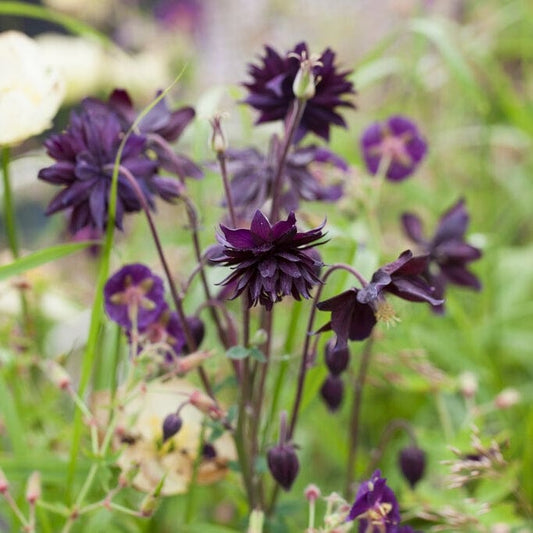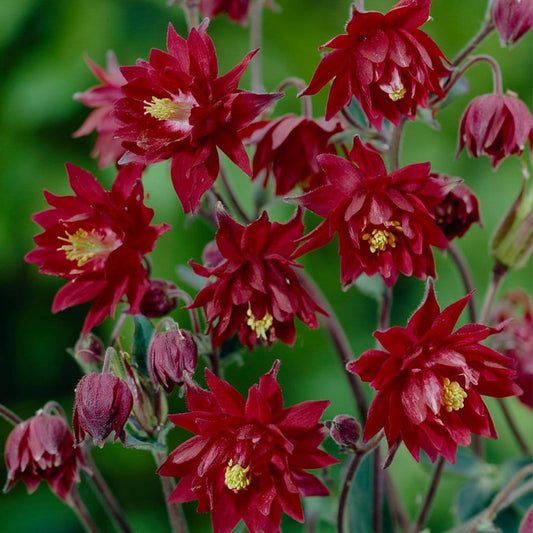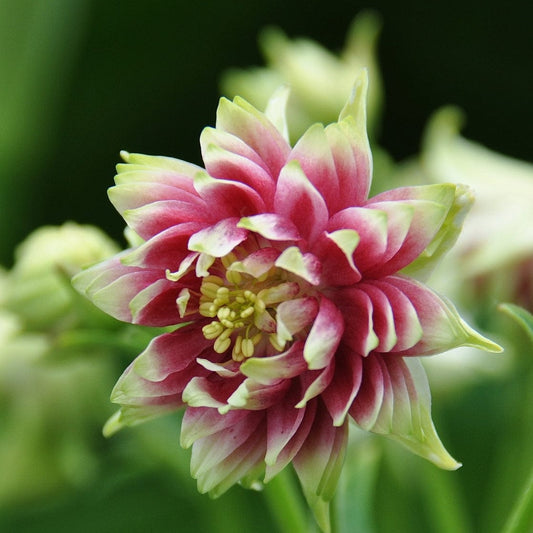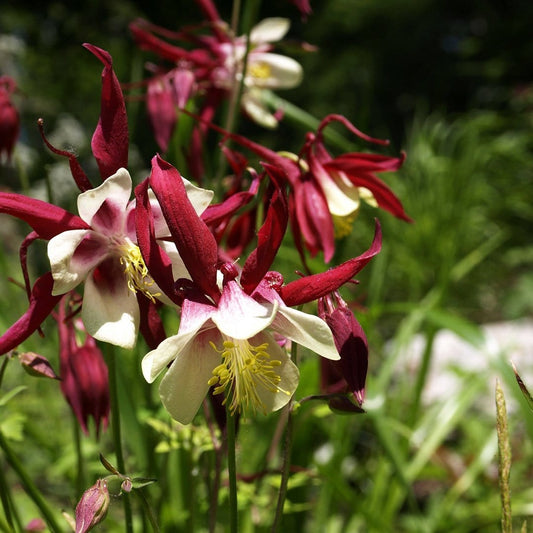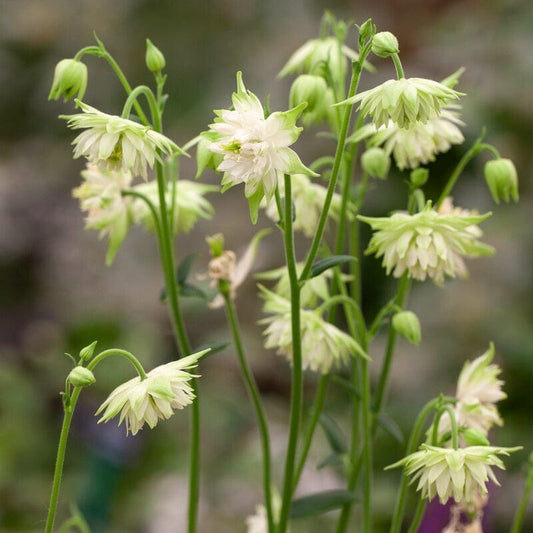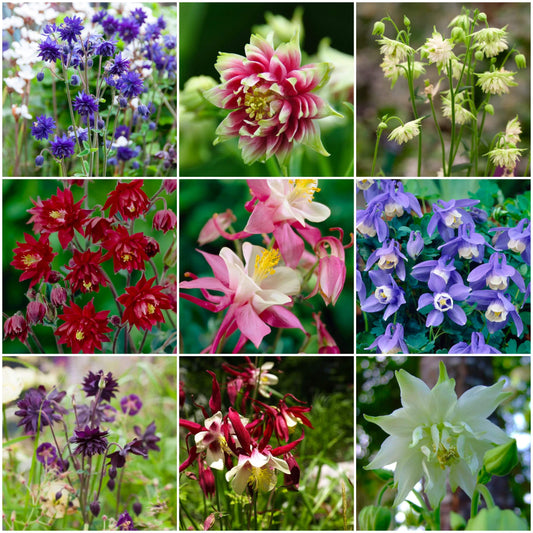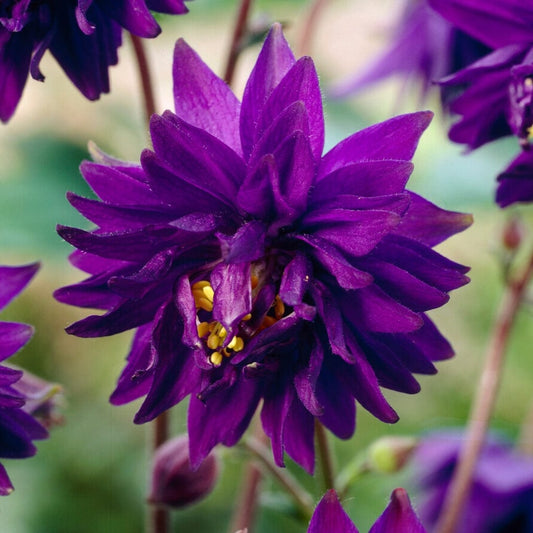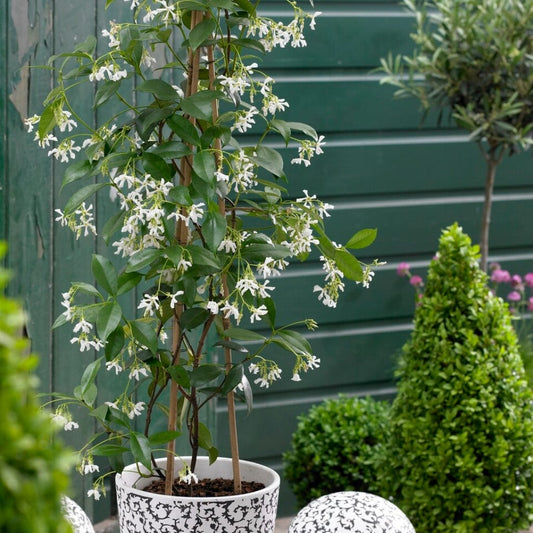Hereford
Meet Jack
Perennials born in Herefordshire, blooming in your garden
Our perennials start life in the rolling Herefordshire hills, where Jack and his team trial over 250 new varieties each year to bring you the best performing and most sustainable plants in the UK. With over forty years of excellence, it’s no surprise that they’ve won the HTA Plant Grower of the Year award two years running.
Need help picking?
Aquilegia FAQs
When is the best time to plant aquilegia in the UK?
Aquilegia can be planted at any time of year (as long as the ground isn’t frozen or waterlogged) but the best time is in early autumn or late spring. This gives the plant plenty of time to get established before any extreme weather temperatures.
Where should I plant aquilegia in my garden?
Aquilegia isn’t a fussy plant and will thrive in either sun or light shade. The soil should be moist and well drained but not waterlogged.
When does aquilegia flower?
Aquilegia is a spring flowering plant, which is often the first perennial to bloom in the garden each year. It flowers throughout May and June, and sometimes beyond.
How do I care for aquilegia plants?
Aquilegia are easy plants to care for: after the first year or so, you should be able to leave them to their own devices. Until then, water them regularly, especially during dry weather and mulch around the plants in autumn to keep weeds down. Deadheading your aquilegia will encourage the plant to produce more flowers, and you can divide the clumps every few years if they get crowded.
How do I propagate aquilegia plants?
Aquilegia plants can be propagated by division or by collecting and sowing seeds. Dividing established clumps in early spring or autumn is the usual method. Simply dig up the clump, separate it into smaller sections, and replant them elsewhere.
Are aquilegia plants good for wildlife?
Aquilegia are descended from wildflowers and are rich in nectar and pollen, which attracts bees and butterflies to your garden. The best type to attract pollinators are the open types with ‘spurs’ on the flowers. If you leave the stems standing after they’ve died in the autumn, they’ll also provide shelter for overwintering insects. Find out more about aquilegia in our growers’ guide.
Fighting plastic waste
Delivering fresh from the nursery
Supporting UK growers



